About CanDance
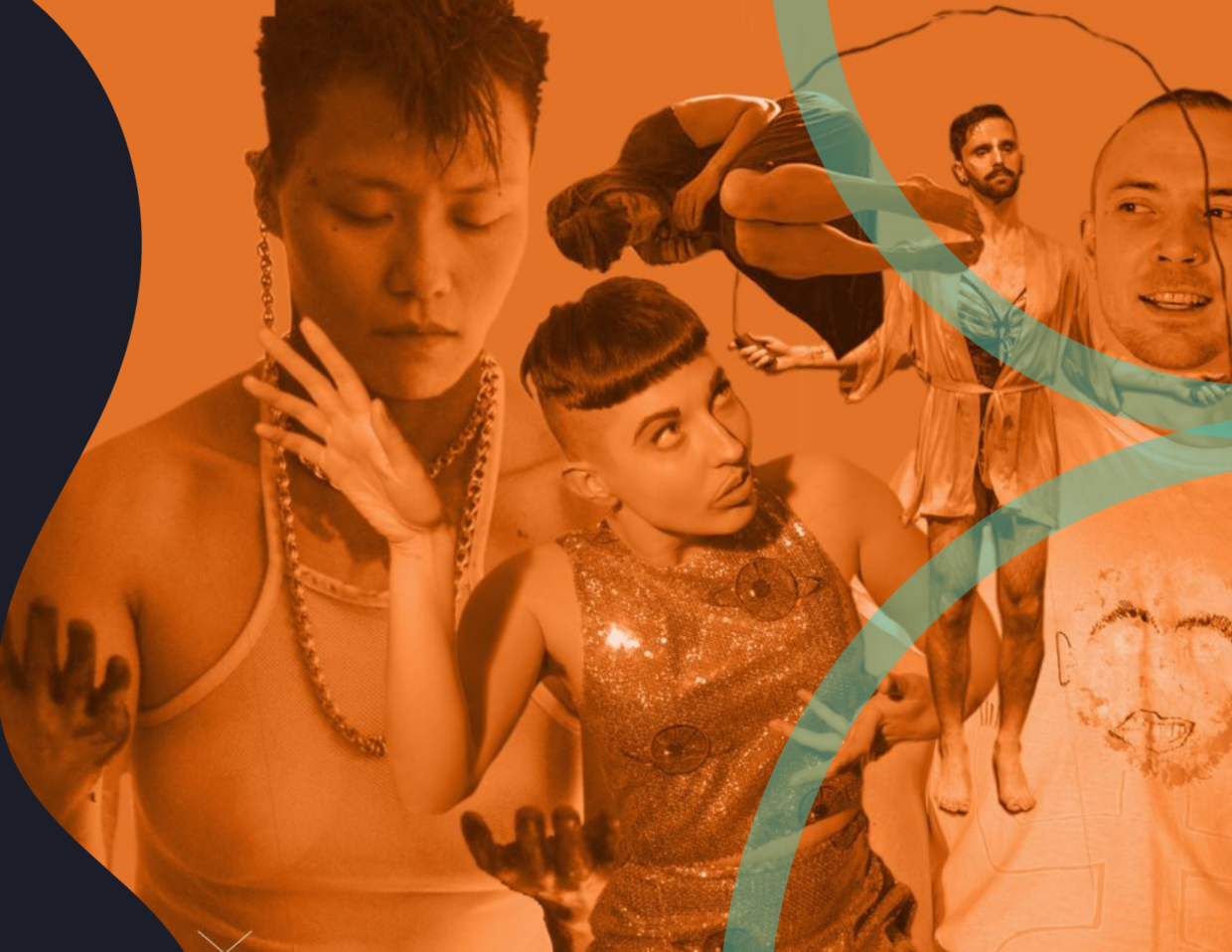
Dance is a fundamental art form that communicates beyond language boundaries, while bridging and celebrating our differences. A thriving country includes a thriving arts ecology, and in turn, a thriving arts ecology includes dance.
CanDance is a national network of dance presenters, supporting collaborative creation and presentation of the myriad forms of dance in what is now known as Canada. As a network, we strive to nurture a healthy, inclusive, and sustainable environment in which a plurality of dance communities can thrive.
Our Mission
Guided by core principles of collaboration, connection, inclusion, transparency, and service, our goals and activities are organized around the following priorities:
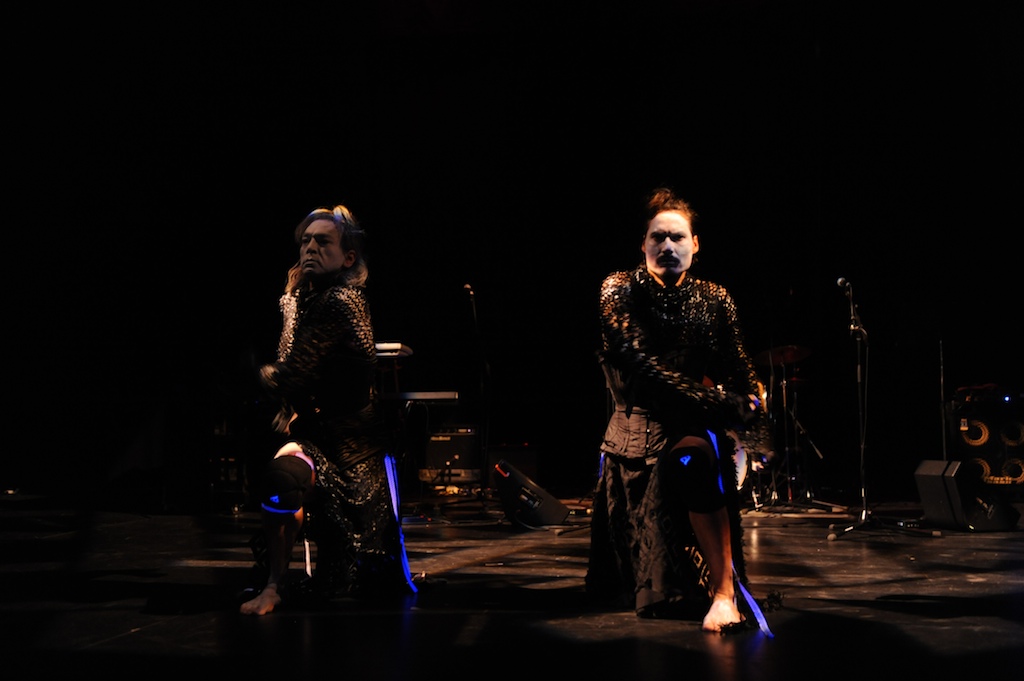
To nurture a robust, active, and diverse network of dance presenters and venues across the country.
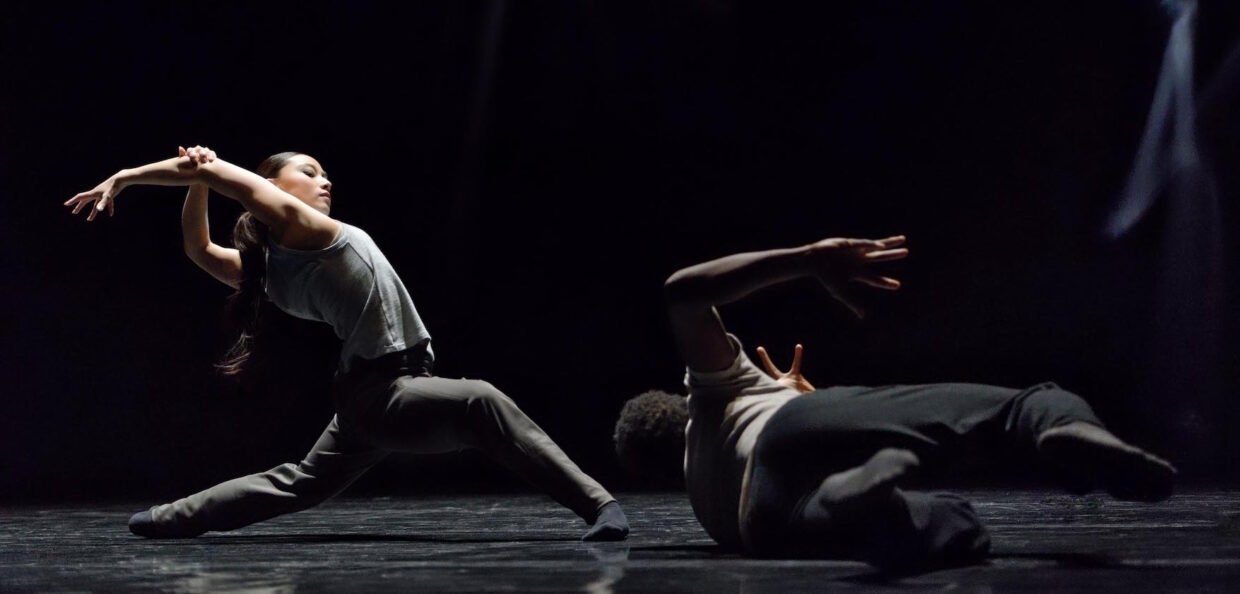
To encourage the curation of both live and digital dance programming while increasing national opportunities.
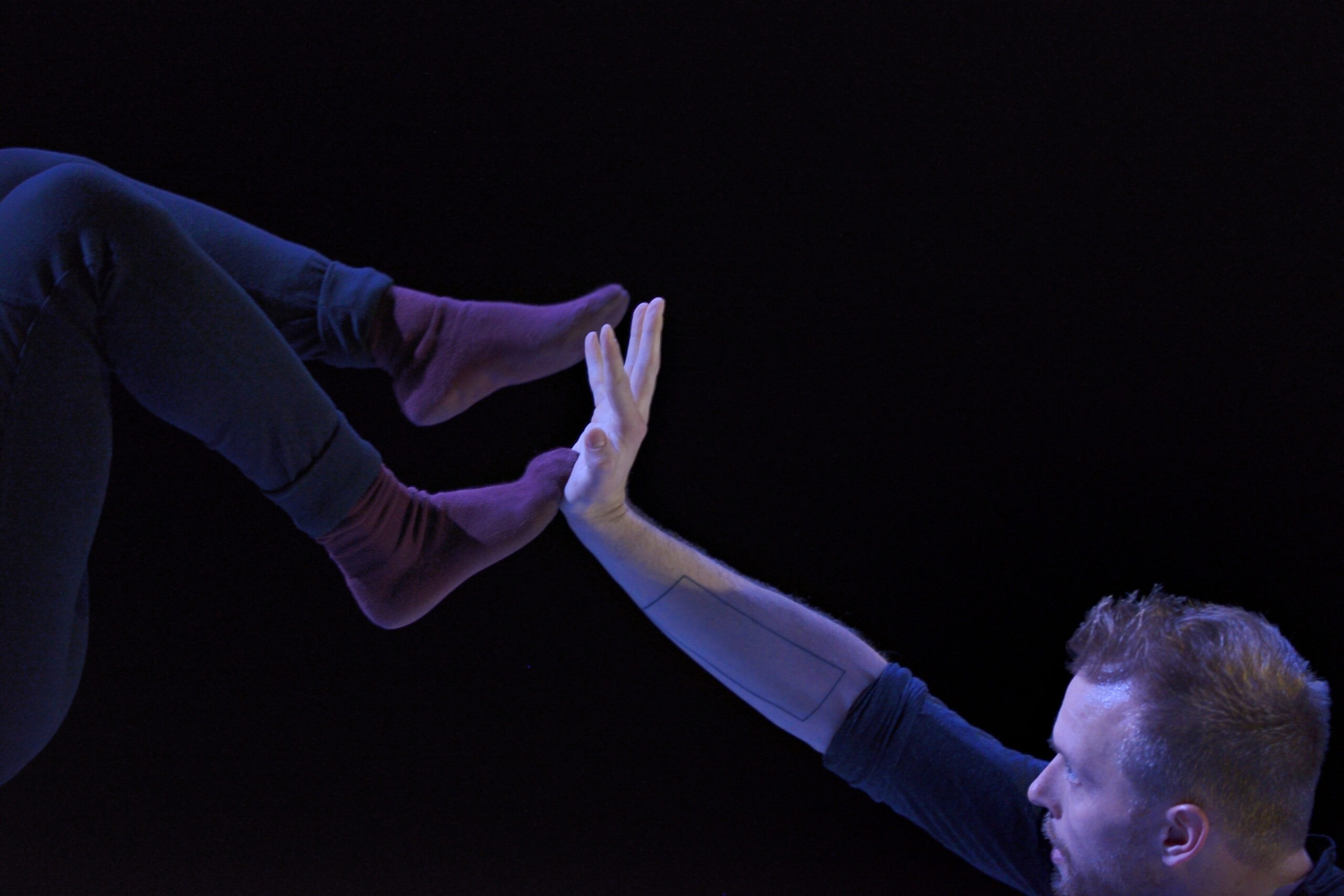
To support dance artists and companies in their search of development, residency, and programming opportunities.
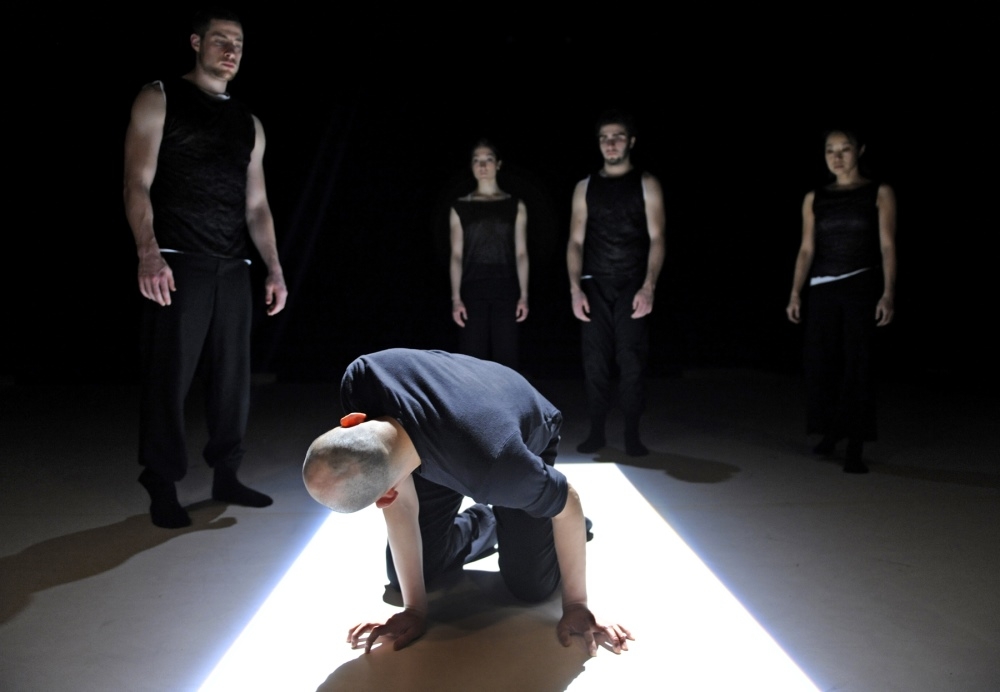
To advance dance programming to become more reflective of Canada’s plurality of communities.
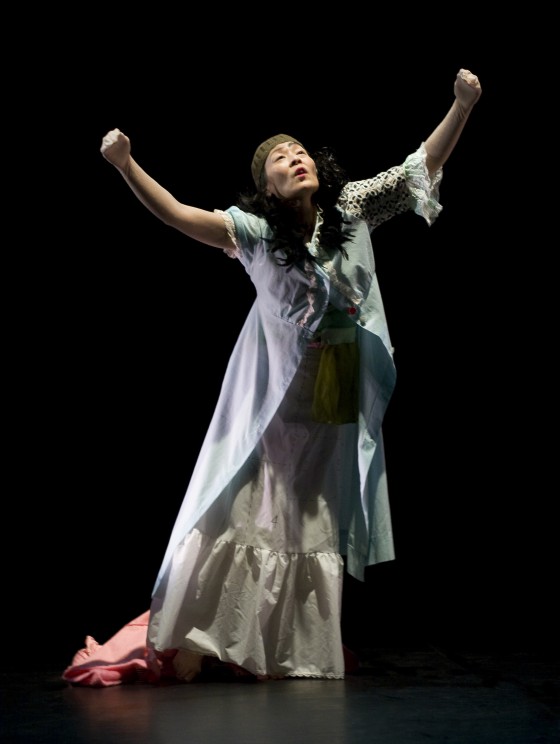
To evolve a Code of Ethics and Best Practices for engaging dance artists, while supporting our members in their own development of equitable, diverse, and inclusive cultural competencies.
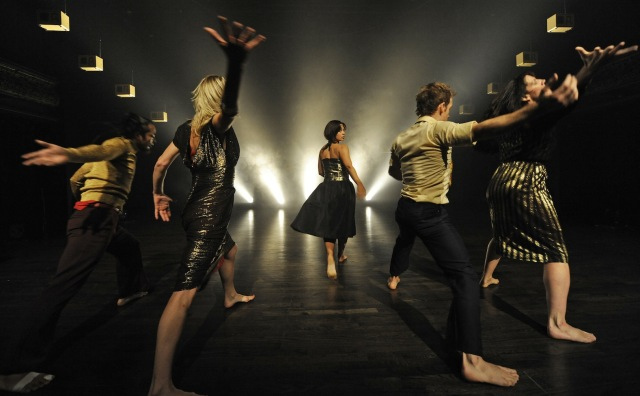
To encourage the curation of both live and digital dance programming while increasing national opportunities.
What We Do
WE CREATE OPPORTUNITIES
CanDance creates opportunities for presenters to come together with each other and with dance artists. The goal is to nurture new partnerships for dance commissions and presentations, foster individual professional development, and positively impact working standards and inclusion across the sector.

Photo by Leemarc Lao

Photo by Leemarc Lao
WE BRING PEOPLE TOGETHER
Every year, we hold one national conference and two regional conferences, which include dance performances and professional development training. During these events, presenters gather to discuss industry issues, best practices, projects of interest, and to see dance performances together in a host city. We also support member travel to Indigenous dance and cultural festivals annually, and partner with festival organizers to create learning opportunities for participants. Together, these activities create a supportive environment where informal peer-to-peer sharing and mentoring flourish.
WE PROVIDE FUNDING
It takes funding to make dance possible. CanDance administers two funds, the Creative Exchange Project and the Creation Fund, which support multi-partner development and presentation of dance works.

Natasha Bakht, Photo by David Hou

Out Innerspace, Photo by David Raymond
WE ADVOCATE
CanDance advocates for dance communities nationally, working in tandem with our members and other leading arts and dance service organizations. Collectively, the network tackles sector-wide issues and works to improve the professional standards for presentation of all dance artists, through its code of conduct and other advocacy initiatives.
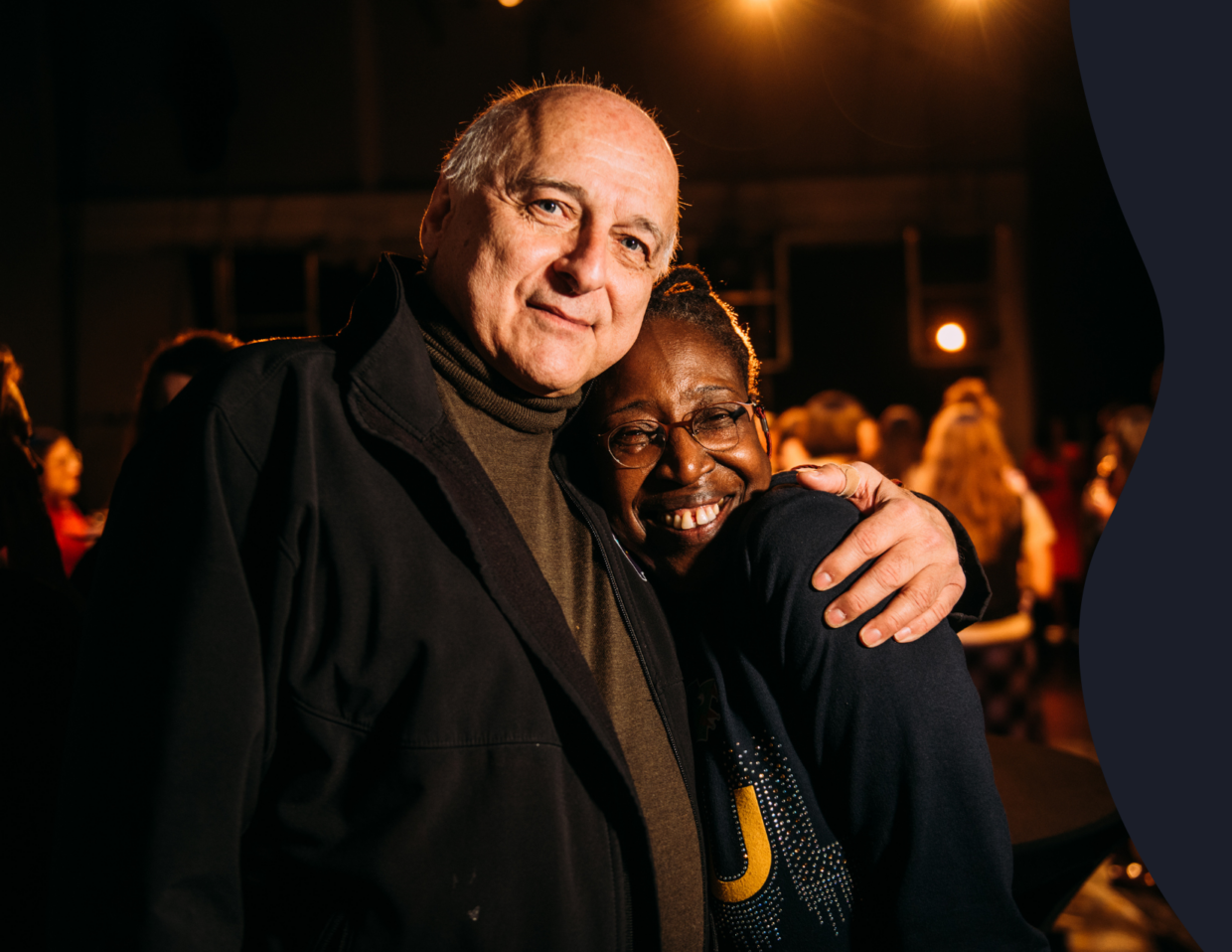
What is a Dance Presenter?
Simply put, a dance presenter is anyone who makes dance events happen for an audience. The setting can be a professional theatre, at an outdoor arts festival, at a cultural venue or even in a virtual space! Each of our CanDance presenters are unique in geography, audience demographics, size of venue, size of budget, and artistic mandate. They also use different names for themselves, like Programmer, Artistic Director, Curator or Producer. But across each of them, one thing remains true: if you are presenting dance, you are a dance presenter.
The Evolution of CanDance
In 1985, ten presenters of contemporary dance came together to tour small-scale contemporary dance presentations. This was the beginning of CanDance.
At this time, “contemporary” dance in Canada often meant dance emerging from European modern dance in the 1950s and postmodern dance forms in the 1970s. CanDance presenters worked to establish contemporary dance, often in juxtaposition to ballet, as a respected and professional art form in the eyes of Canada’s funding bodies, educational institutions, and the public at large.
Photo by Leemarc Lao
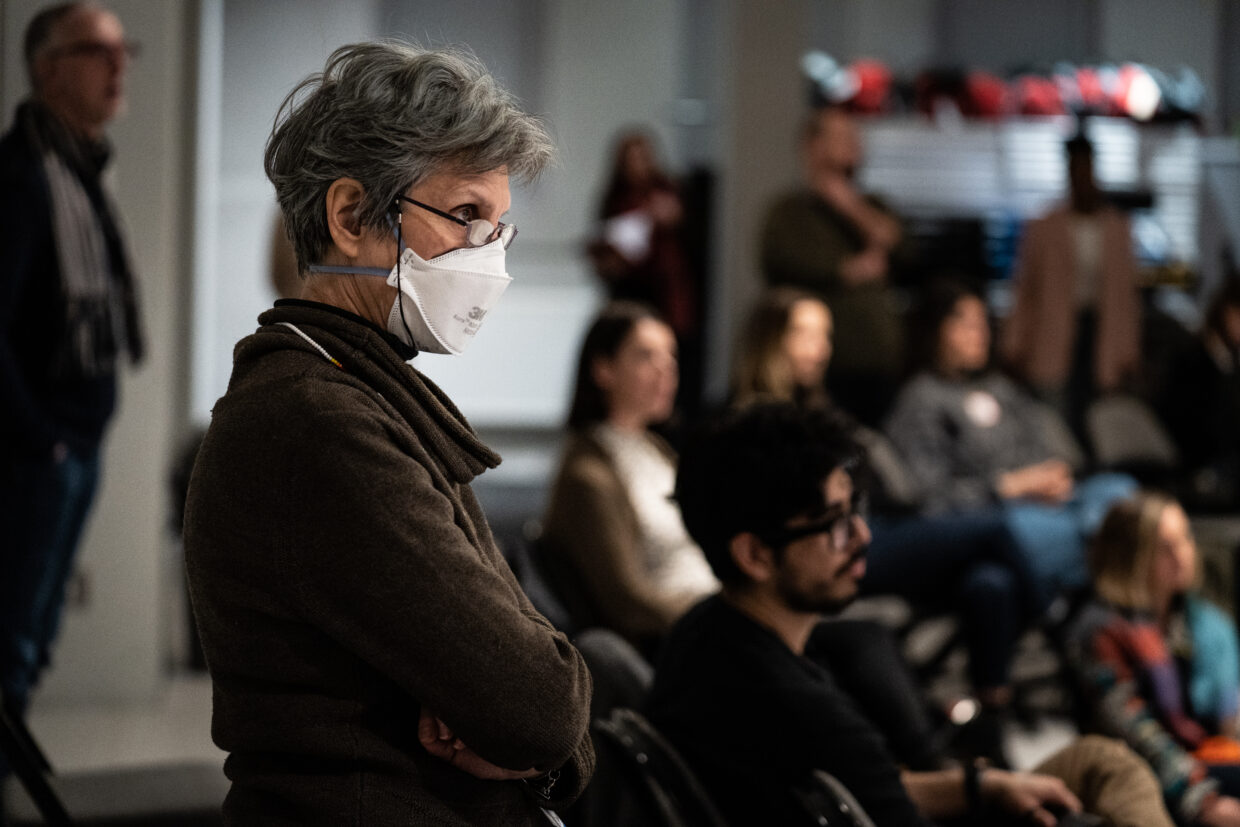
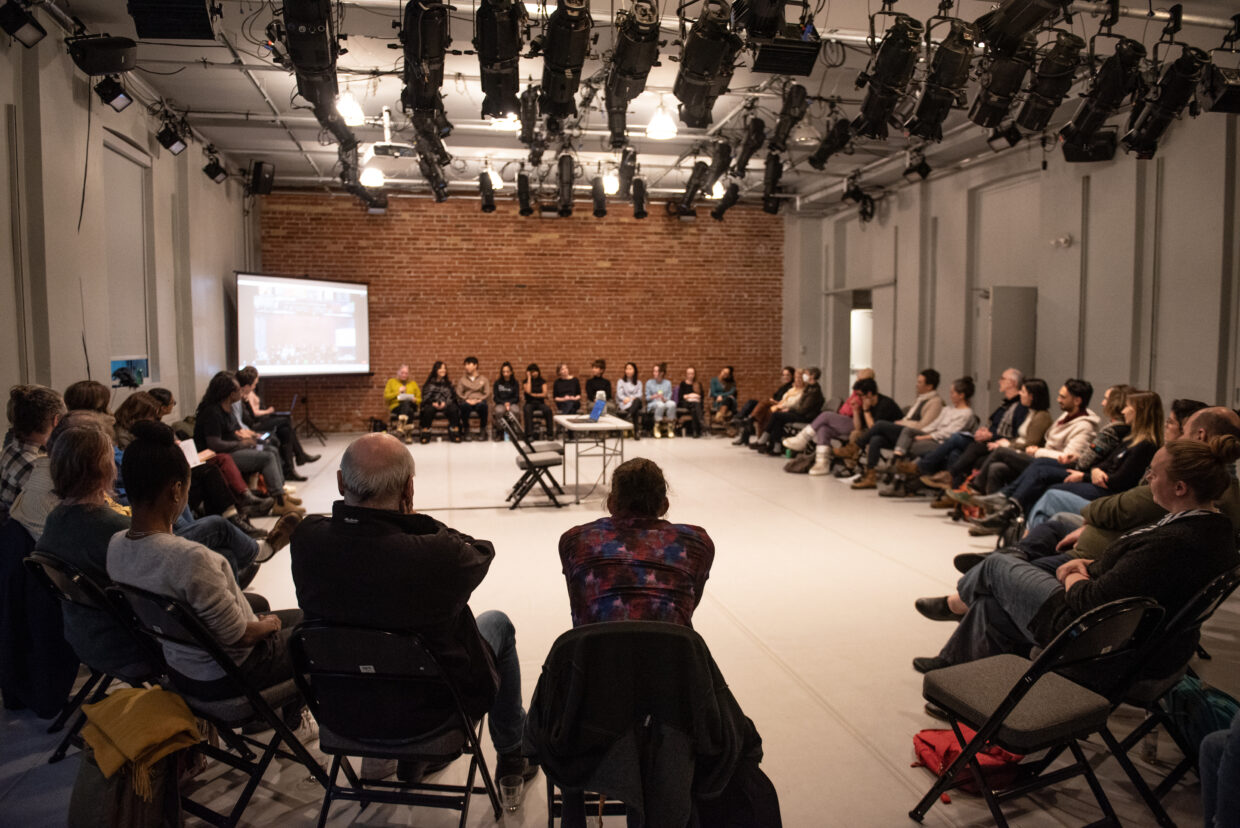
Over the decades, they accomplished a great deal. They improved touring opportunities for dance artists, advocated for the role of a dance curator with arts funders, linked different geographic regions, and published a study on fee standards for presenting professional dance artists.
Today, CanDance has evolved from its historic specialization in European-based contemporary dance towards greater equity among various aesthetic approaches to dance-making. It is actively working to address who has historically been excluded. Read our Anti-Racism and Inclusion statement below to learn more about our specific EDI goals and action plan.
Photo by Leemarc Lao
Anti-Racism and Inclusion
Anti-Racism and Inclusion Are Important to Us
CanDance understands that professional, nationally funded dance continues to be dominated by white Anglo-Saxon and French-Quebec culture and aesthetics. While some progress has occurred, Indigenous, Black, and non-official language immigrant cultures experience systemic exclusion. Others experience exclusion on the basis of age, sexual orientation, and physical and mental abilities.
We recognize our historic place of privilege in the sector, as well as the impact we have as cultural gatekeepers – those who choose what dance is shown to Canadians, in our nationally funded venues. We own our responsibility to ensure all our programming reflects and honours the full range of identities within the communities we serve.
Since 2019, the network has worked with consultants to deeply review and reflect on our organizational practices with an anti-racism lens. Through consultations with community stakeholders and using the We See You White American Theatre demands as a guide, we created a Strategic Plan designed to make bold moves to advance equity, diversity, inclusion and accessibility across the organization’s membership, leadership and the artists we champion.
Simply put, the objectives include:
• Ensuring equitable representation
• Hiring permanent staff role with EDI training/expertise
• Establishing systems for safe incident reporting and repairing harm
• Publishing annual EDI measurables
• And instituting mandatory member commitment to quarterly EDI training and equitable representation in their own programming.
Land Acknowledgement
The CanDance Network staff and members reside on the traditional territories of Indigenous people that have cared for this land now called Canada since time immemorial. We are grateful to all past, present, and future generations of First Nations, Inuit, and Métis peoples (acknowledged and unacknowledged, recorded and unrecorded) that have cared – and continue to care – for the land.
Our head office is located in Tkaronto (“Where The Trees Meet The Water,” “The Gathering Place”), the traditional land of the Wendat, the Haudenosaunee, the Anishinaabe, and the treaty territory of the Mississaugas of the Credit (Treaty 13 – The Toronto Purchase). The lands of Tkaronto are covered by the Dish With One Spoon Wampum, an agreement forged between the Anishinaabe Nation and the Haudenosaunee Confederacy to peaceably share resources.
As a settler arts organization, CanDance acknowledges that it has benefited from the gross historic power imbalance in settler-Indigenous relations. We commit to continuously learning the truth of our history and working to actively disrupt the ongoing systems and structures that maintain and enforce settler-colonial and white supremacy.
Advocacy & Partnerships
Partnerships & Advocacy
As a network, we understand that sharing resources and working in strategic partnership maximizes the impact of our work. Here are some of the key partnerships we maintain:
Alliance of Canadian Dance Networks
The ACDN is an informal partnership between five presenter networks: Atlantic Moves (Atlantic Presenters Association); CanDance Network; Dance West Network; La danse sur les routes du Québec; and Ontario Dances (Ontario Presents). Since 2010, the purpose of the ACDN is to strengthen the nation’s dance infrastructure for dance artists; share professional development opportunities for our presenter members; and build peer-to-peer mentoring relationships.
Canadian Dance Assembly
CanDance works with the Canadian Dance Assembly on ongoing advocacy and research initiatives.
Canadian Association for the Performing Arts
CanDance is a member of CAPACOA, and participates in their annual National Networks Meeting. The meeting brings together major presenting networks (multi-disciplinary and discipline-specific) to discuss and collectively tackle issues facing the presenting sector.
Canadian Arts Coalition
CanDance is a member of the CAC – a collaborative non-partisan advocacy movement of national associations, arts organizations and artists, lead by a volunteer Steering Committee comprised of representatives of national, provincial, regional, territorial arts organizations and/or associations committed to equity in the arts and inclusive of Indigenous, racialized, the deaf and disabled.
Other Organizations we support:
Indigenous Performing Arts Alliance
Cultural Pluralism in the Arts Movement Ontario
Le Regroupement québécois de la danse (RQD)
Dancer Transition Resource Centre
Photo Credits: Top banner (About CanDance) – This is Actively Built, 2019/20 Creative Exchange Project, photo by João Batista Delafavela, Liam MacKenzie, Stephane Desmeules, Jessica DeWitt, and Emily Gan. Cover images (Our Mission): 1- Byron Chief-Moon, Ihtsi-pai-tapi-yopa (Essence of Life), Small Scale Creation Fund 2009/10, photo by Chris Randle. 2 – Kidd Pivot, Revisor, Large Scale Creation Fund 2018/19, photo by Michael Slobodian. 3 – RUBBERBANDance, Empirical Quotient, Small Scale Creation Fund 2012/13, photo by Tim Forbes. 4 – Out Innerspace, Major Motion Picture, Small Scale Creation Fund 2014/15, photo by Wendy D. 5 – Denise Fujiwara, Lost and Found, Small Scale Creation Fund 2008/09, photo by John Lauener. 6 – Dana Gingras, Heart as Arena, Small Scale Creation Fund 2010/11, photo by Yannick Grandmont. Middle banner (What is a Dance Presenter), photo by Leemarc Lao. Land Acknowledgement cover photo – Dancers of Damelahamid, Mînowin, Small Scale Creation Fund 2018/19, photo by Anna Springate Floch.
